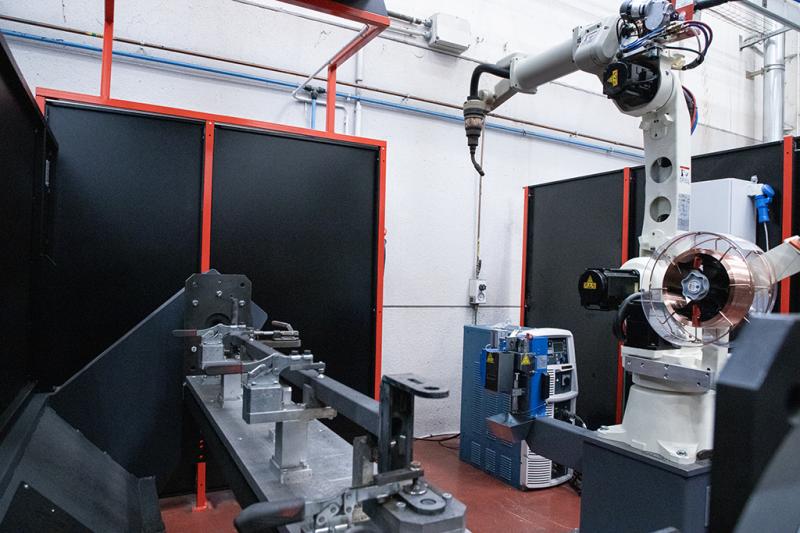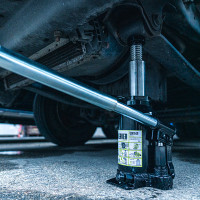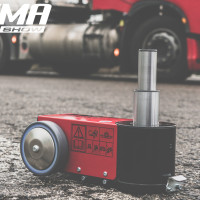From craftsmanship to Industry 4.0: Pros and Cons of Automation
The term Industry 4.0 usually refers to the trend of integrating industrial work with new technological machinery that supports human labor by optimizing the work process.
When we think about robots, we often assume that they will replace human labor. In fact, integrating automation into a company is meant to assist workers, who must collaborate with robots and provide them with assistance when needed.
However, it is important to consider carefully the positive and negative aspects of automation to make a conscious choice.
Among the advantages, we can identify:
• Increased production efficiency: Robots perform repetitive and complex tasks more quickly and efficiently than humans, resulting in the ability to meet demands more promptly.
• Reduction of defects and improved activity consistency: Advanced control and monitoring systems ensure a higher level of uniformity in tasks, leading to a decrease in defects and greater consistency in activities.
• Enhanced quality: Automation can guarantee greater consistency and precision in production or task execution, thus contributing to the improvement of the quality of products or services offered.
• Waste reduction: Highly efficient machinery helps reduce waste of raw materials and energy, aligning with the common goal of environmental sustainability pursued by industries.
On the other hand, there are some disadvantages:
• Sometimes, the return on investment for purchasing machinery may be lower than expected.
• Automation is often designed to perform specific tasks efficiently but may lack flexibility when facing unexpected situations or tasks requiring intuition.
• Certain types of robots can be bulky and may require careful consideration of available space.
Considering these points, we observe benefits primarily from a productivity and quality perspective, as well as in terms of cost savings.
Our experience exemplifies this: by expanding our machinery park, we have various automated machines, including the latest addition of a welding robot.
By testing the welding times for a particular component, we found that it reduces the processing time of a single piece by approximately 1 minute and 30 seconds. Our welding manager now has a new colleague with whom they synergistically cooperate, making the process easy and safe to use.
This new process offers numerous advantages to our customers as well. We can meet tighter deadlines, satisfy requests in shorter timeframes, reduce defects, and ensure greater precision in details.
However, the usefulness of robots in a company depends on the goals and needs of the organization. Therefore, it is crucial to evaluate how robots can contribute to achieving those goals.
Furthermore, where technology lacks the intuitive capabilities required for exceptional situations, human intelligence can compensate. As for the issue of space, it is necessary to carefully consider the layout, safety, and accessibility, as modifications to the work environment may be required.
Therefore, we can stand in favor of automation and the possibilities that can be created in the future through the implementation of new technologies in companies.








